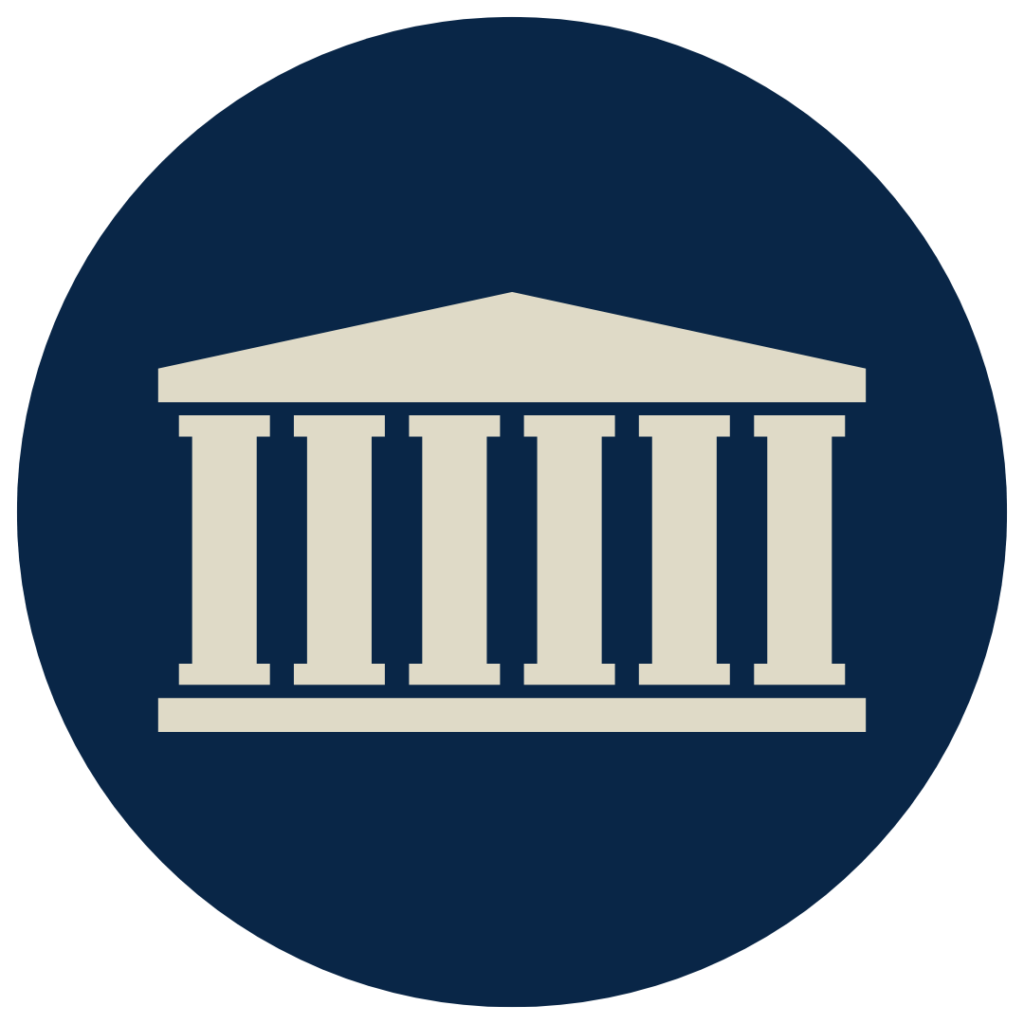By: Lauren Carpenter
The modern workplace has become massively digitized in recent years, and there is now an unprecedented level of connectivity. This connectivity, however, has brought about challenges because the digital workplace is a fertile ground for cyber threats. Some of the most concerning cyber threats are the rise of fake recruiter scams, an alarming trend amplified by artificial intelligence (AI). As “the great accelerator of threat levels,” AI has increased the speed and sophistication of cyber threats, making it easier for threat actors to exploit job seekers and companies alike. It is more important today than ever to be “digitally diligent and cyber sensitive” to mitigate risks.
According to LinkedIn, up to 60 percent of their job listings may be fake, and many users have encountered suspicious job postings or recruiters during their job search. These deceptive schemes often involve scammers impersonating legitimate recruiters or HR professionals on platforms like LinkedIn or via email. They use these false identities to solicit sensitive information or financial payments from hopeful candidates. In many cases, companies are unaware their brand is being used, only to discover the issue after reputational damage has been inflicted.
This phenomenon is not restricted to small-scale incidents. A Newsweek investigation revealed that cybercriminals, including state-sponsored actors, are leveraging fake job offers to target U.S. allies. These scams often exploit AI-generated content to create realistic job descriptions, recruiter profiles, and email correspondence, blurring the line between legitimate opportunities and malicious traps.
Daniel Tobok, a leading authority in cybersecurity and founder of CYPFER, understands the impact that fake recruiter scams can have on victims and businesses. Victims often face financial loss, emotional distress, and identity theft, while companies must navigate the financial, legal, and reputational fallout of having their brand weaponized in such schemes. Tobok stresses the importance of adopting a proactive approach to cybersecurity, a concept he has trademarked as Cyber Certainty™. This philosophy centers on creating digital stability by anticipating and addressing threats before they materialize, rather than merely responding to incidents after the fact.
Tobok’s decades-long expertise in cybersecurity provides unique insights into this growing problem. With over 10,000 cyberattack reviews and thousands of successful recovery missions under his belt, he describes how fake recruiter scams exemplify a broader issue: the increasing exposure of individuals and organizations in a hyper-connected world. “As a result of most of our lives being governed by digital architecture, all of our exposure levels are going up, thus the rising tide,” Tobok explains. This interconnectedness has made both everyday users and C-suite executives prime targets for cybercriminals.
Tobok underscores the role of AI in exacerbating these threats. “AI is the new great threat amplifier,” he states, noting how advancements in generative AI enable scammers to create convincing fake profiles and communications at scale. This technology allows attackers to mimic legitimate recruiters’ language, tone, and style, making it increasingly difficult for job seekers to discern authenticity.
To combat these challenges, Tobok advises companies to adopt a comprehensive cybersecurity strategy that includes employee training, advanced monitoring systems, and public awareness campaigns. Organizations must ensure that their digital presence—websites, social media accounts, and communication channels—are secure and verifiable. This proactive stance aligns with Tobok’s Cyber Certainty™ framework, which advocates for anticipating threats and implementing robust defense mechanisms to prevent cyber crises from escalating.
The rising threat of fake recruiter scams is a reminder of the importance of cybersecurity in today’s digital landscape. As Tobok puts it, “Cyber Certainty™ is not just a concept; it’s a necessity for navigating an increasingly complex and interconnected world.” ted world.”
Published by Tom W.













